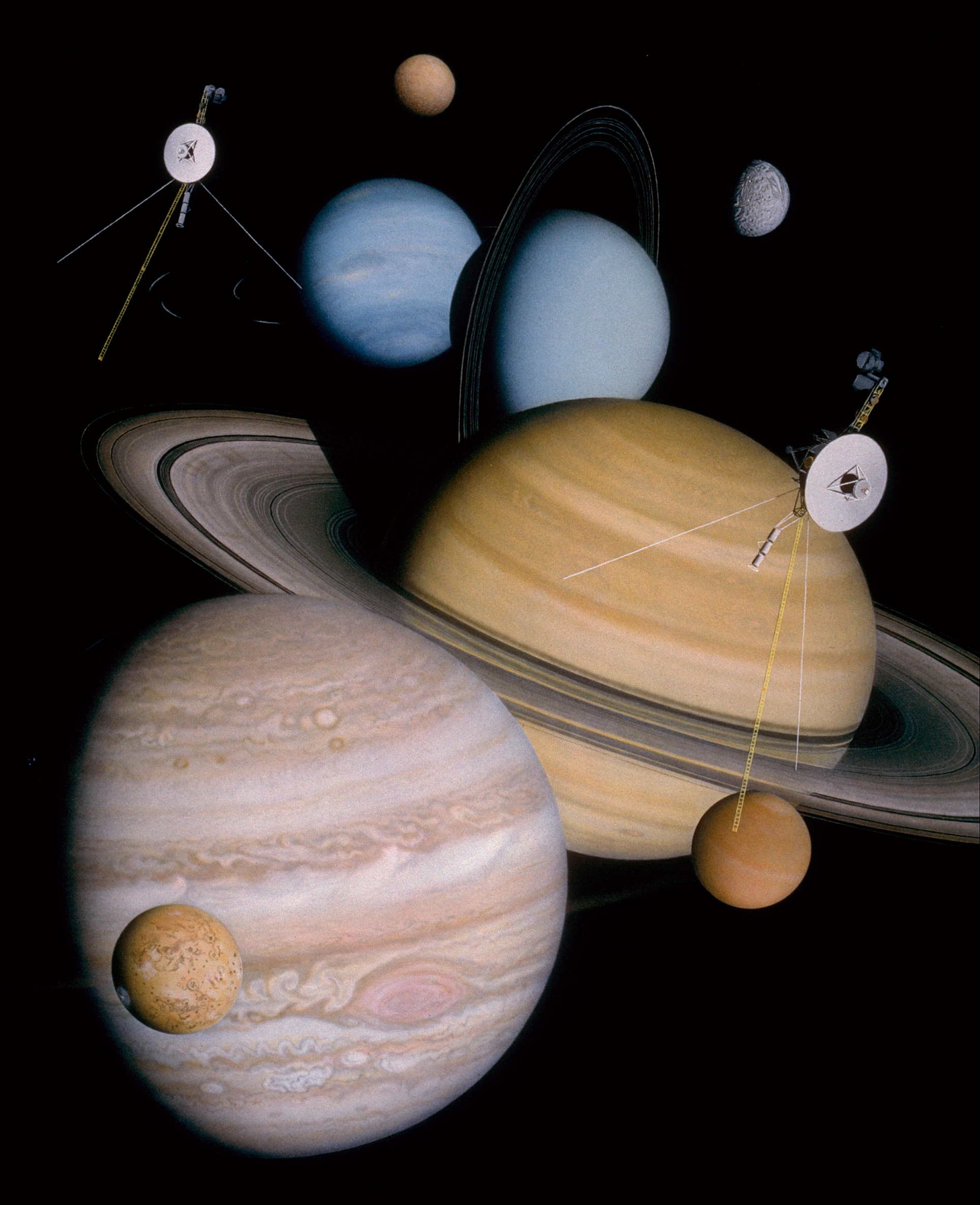Astronomy 101
- Introduction to Astronomy
- The Solar System
- Stars and Galaxies
- The Milky Way and Other Galaxies
- Telescopes and Observatories
- The Sun and the Moon
- The Earth and the Sky
- Space Exploration
- Astrobiology
- Space-Time and Relativity
- Black Holes and Neutron Stars
Space Exploration
Module 8, Unit 2: Notable Space Missions

American scientific program consisting of the probes Voyager 1 and Voyager 2.
Space exploration has been a testament to human curiosity and innovation. Over the years, numerous missions have been launched, each contributing to our understanding of the universe. In this unit, we will delve into some of the most significant and groundbreaking space missions.
The Voyager Missions
Launched by NASA in 1977, the Voyager 1 and Voyager 2 spacecrafts were designed to take advantage of a rare planetary alignment to explore the outer solar system. Voyager 1 became the first human-made object to enter interstellar space in 2012, while Voyager 2 followed in 2018. They have provided invaluable data about the gas giants Jupiter and Saturn, as well as Uranus and Neptune, and continue to transmit data back to Earth.
The Mars Rovers
NASA's Mars Exploration Rover mission began in 2003 with the launch of two rovers: Spirit and Opportunity. These rovers were tasked with searching for and characterizing a wide range of rocks and soils that hold clues to past water activity on Mars. Spirit operated until 2010, while Opportunity lasted until 2018.
In 2012, NASA landed the Curiosity rover on Mars. Unlike its predecessors, Curiosity's mission was to determine whether Mars was ever capable of supporting microbial life. The rover is still operational and continues to explore the Gale Crater.
The most recent Mars rover, Perseverance, landed on Mars in February 2021. Its mission is to seek signs of ancient life and collect samples of rock and regolith (broken rock and soil) for possible return to Earth.
The Hubble Space Telescope
Launched in 1990, the Hubble Space Telescope has revolutionized our understanding of the universe. It orbits outside the distortion of Earth's atmosphere, allowing it to capture extremely high-resolution images with almost no background light. Hubble's observations have led to breakthroughs in astrophysics, such as accurately determining the rate of expansion of the universe.
The International Space Station (ISS)
A multinational collaborative project, the ISS is a space station, or a habitable artificial satellite, in low Earth orbit. Its first component launched into orbit in 1998, and the station has been occupied continuously since November 2000. The ISS serves as a space environment research laboratory in which scientific research is conducted in astrobiology, astronomy, meteorology, physics, and other fields.
Each of these missions has significantly contributed to our understanding of space and paved the way for future exploration. As technology advances, the scope and scale of space missions continue to grow, promising exciting discoveries in the years to come.